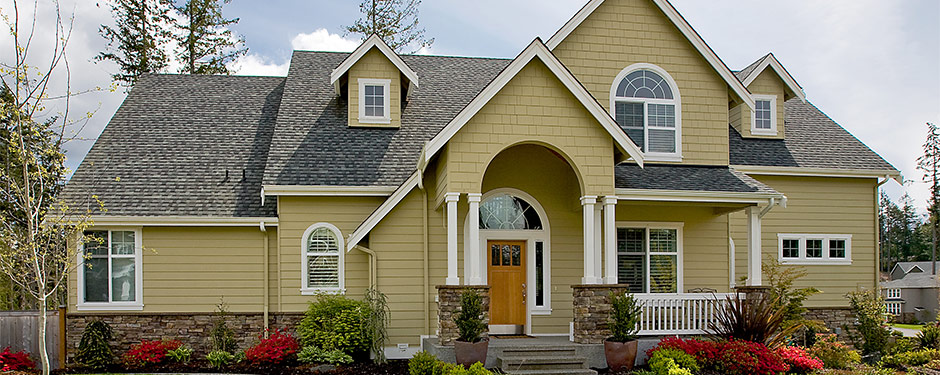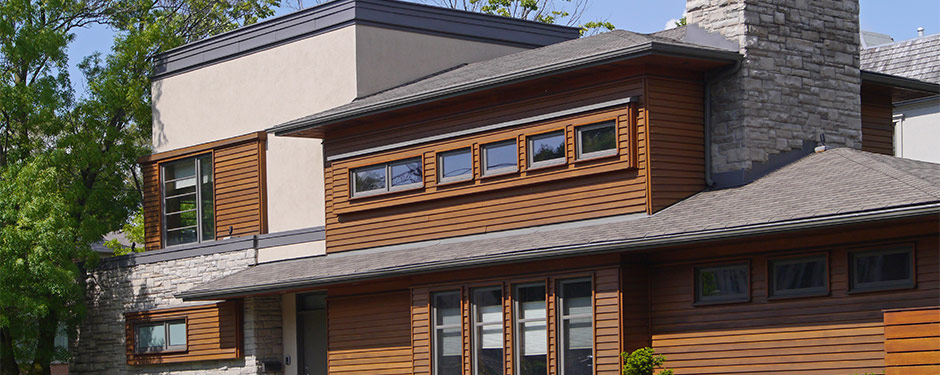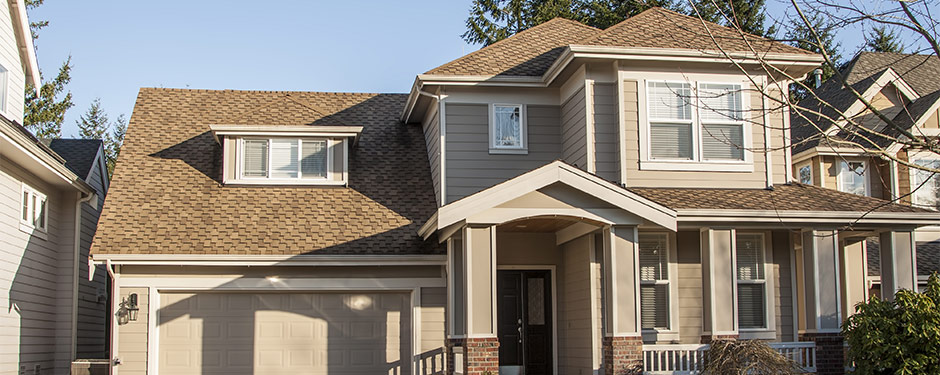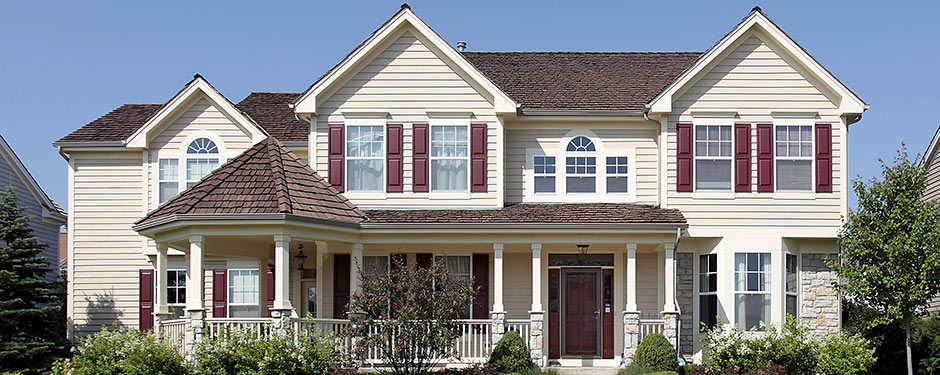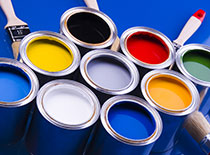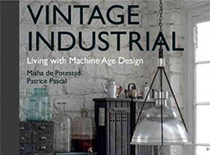Home Remodeling Find a Trusted Contractor to Help
House Siding Options: Change How Your House Looks
Is it time to tweak the exterior appearance of your home? Do you think that landscaping is too cosmetic and unpredictable, while adding a new room or wing is too costly?
One of the best ways to change how your house looks is to choose a different type of siding. Thankfully, there are numerous siding options on the market today. Here’s a breakdown of the pro and cons of the most common materials.
Wood Siding
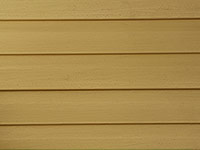
Homeowners can choose from a variety of wood siding types, from shingles and shakes to clapboard and vertical boards. Wood tends to be long-lasting and eco-friendly without being overly expensive; plus, it can be painted or stained if the homeowner decides that a color or aesthetic change is needed. However, wood is susceptible to fire, insects, rot, and some types of decay. And wood isn’t a put-it-up-and-forget-about-it solution; it requires periodic upkeep in the form of staining and other types of protection products.
Vinyl Siding
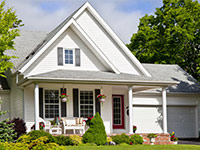
Polyvinyl chloride siding is available in a wide range of colors and price points, and many types can mimic the look of wood shakes, shingles, or lap boards. But unlike wood, vinyl doesn’t require much maintenance at all, nor will it rot or decay. Though vinyl tends to be less expensive than other siding choices, low-grade products tend to look cheap. Plus, vinyl siding can crack due to weathering or impacts, and may also fade in constant sunlight. Finally, homeowners cannot paint vinyl; they are stuck with the original color that is chosen.
Metal Siding
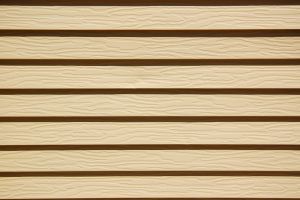
This type of siding usually comes in the form of either aluminum or steel construction. Overall, metal siding provides a substantial level of durability for the money, and it is fireproof as well. It’s generally low-maintenance and recyclable, and is available in styles that are seamless or resemble wood shakes. On the other hand, metal (especially aluminum) is susceptible to dents from hail and other falling objects, and steel can rust in certain climates, such as those near saltwater sources. Metal can also fade over time and cannot always be easily painted or patched.
Fiber Cement
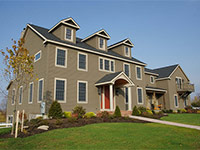
This is an innovative material choice for siding, as it’s made using a combination of wood fiber, portland cement, sand, other materials, and additives. Like metal and vinyl, fiber cement can be purchased in a style that provides an aesthetic that is similar to wood lap boards or shakes, and it is both fireproof and paintable. Its biggest advantage is that it is remarkably stable and impervious to expansion and contraction, which is a big reason why fiber cements warranties can run for 50 years or longer. But fiber cement can be somewhat expensive—depending on the style and whether it is pre-painted—and the installation process does generate quite a bit of dust from cutting the heavy material.
Stone Siding
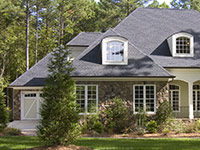
As one might expect, stone is arguably the king of sturdiness and endurance among the siding choices. In addition to colors, stone also comes in several texturing styles to add a dimension to a home’s exterior that other materials cannot. Stone is resistant to fire, insects, and rot, and can be painted if desired, but does not need coatings to maintain its appearance. In addition to its high price tag, another big drawback to stone is that it is quite heavy, and usually requires professional installation involving additional structural support.
Veneer Siding
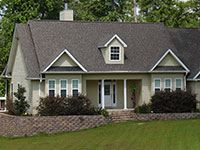
This provides a viable alternative for people who like the look of brick or stone but don’t want to beef up the structural integrity of their homes. Veneer is much lighter than stone or brick because it essentially consists of thin slices of those materials; it also comes in several styles and is more DIY-friendly than stone. Like stone, veneer is impervious to fire, insects, and rot, doesn’t need staining or painting, and is less expensive than actual stone or brick (though still costlier than other siding options). But another similarity that veneer shares with stone is the possible deterioration of mortar joints over time, which may necessitate periodic inspection.
Ready to choose a new siding for your home? Contact Trusted Home Contractors for reliable, affordable siding options. End
Chris Martin is a freelance writer about topics ranging from business marketing to consumer finance to home improvement.
Image credits: teamrvc, McClurg Team, rchrdcnnghm, Joel Abroad


